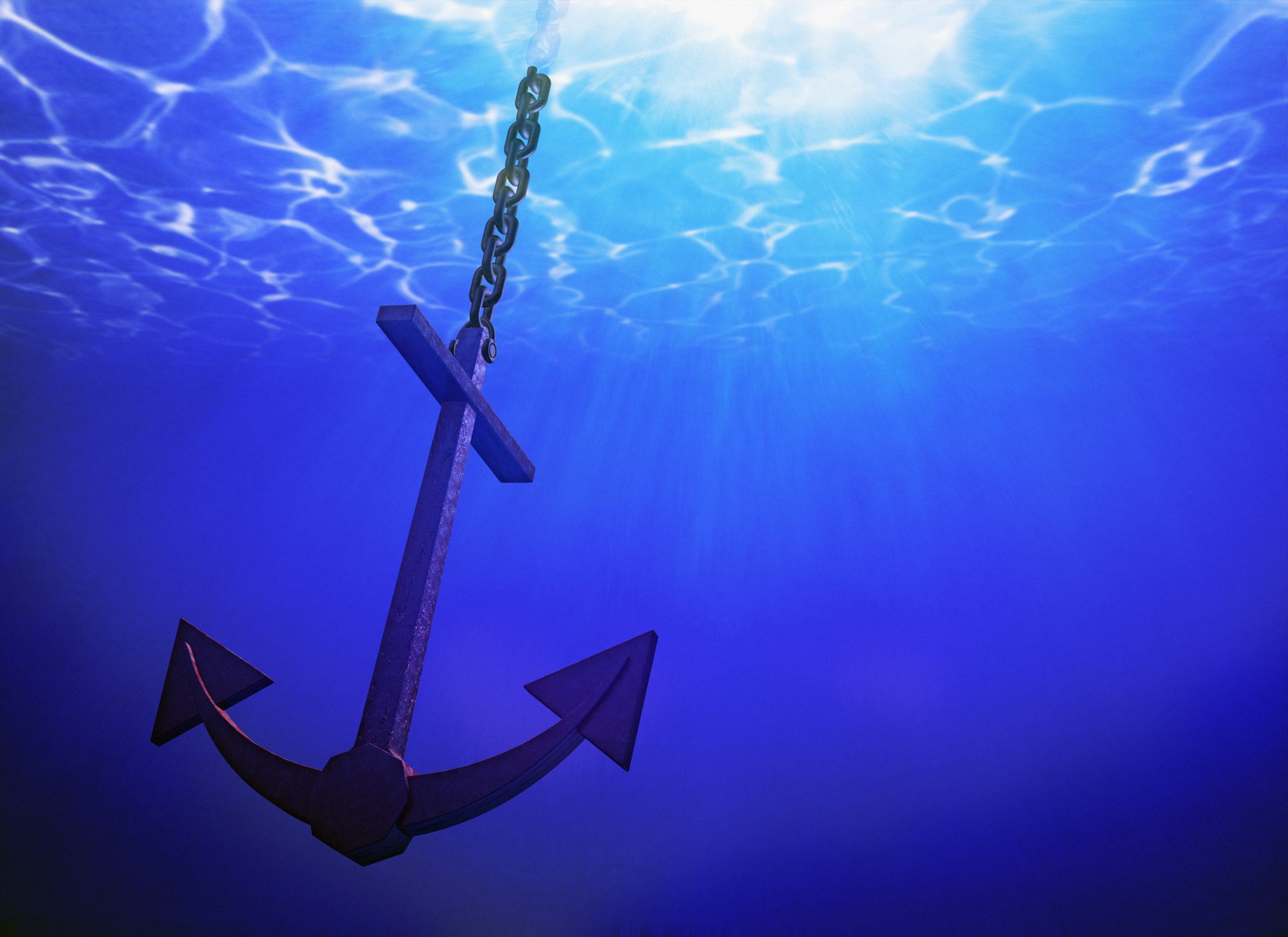As the congestion built up on the West Coast, shippers moved what cargo they could to the East and Gulf ports to avoid the delays. Apart from the increase in inbound cargo headed to the U.S., our record import numbers since the pandemic started have pushed the Ports of Los Angeles and Long Beach straight to the breaking point more than once. That the overflow is just currently getting attention as it stacks up along the eastern seaboard and gulf shores should sting those logistics professionals who warned of this from the very start of the pandemic.
As the ships piled up in the San Pedro Bay, some warned that if containers and shipments were diverted, it would be a bandaid on a bullet wound. The reasoning was that the big ports, Los Angeles and Long Beach, are equipped to handle the massive numbers, if not at the very height of the pandemic, at least closer than smaller ports. Handling more than 40% of all inbound freight in the U.S. from Asia, those ports are made to handle triple and quadruple the numbers of smaller eastern and gulf ports. Because they’re built to handle the typical loads, Los Angeles and Long Beach bounce back from delays easier than smaller ports, and it takes much more to overload them.
Glancing at the numbers and keeping in mind that last year the San Pedro Bay saw more than 100 ships queued up for service, the delays hitting the south and east are slight in comparison. With twenty queued ships waiting for New York / New Jersey; forty ships waiting at Savannah, the second busiest east coast port system; and twenty-five delayed in Houston, it should be rather obvious that skipping over to the other lane to avoid traffic usually gets you stuck over there when your former lane starts moving.
Some issues can slow down West Coast operations, including the doubts and fears surrounding the negotiations between the ILWU and the PMA. Finding the way through these delays requires an expert logistics team by your side. At Coppersmith, we have almost eight decades of experience navigating the complicated waters of ocean cargo. We understand the different opportunities that present themselves by using alternative ports to mitigate delays while still accepting that for some situations, there is no substitute. It’s our passion and understanding that shows us opportunities to create custom-tailored logistics solutions for our clients based on the best practices we’ve honed in a hands-on relationship.
If you want to give your cargo the best chance of success in a disruptive environment, contact your Coppersmith representative today.
